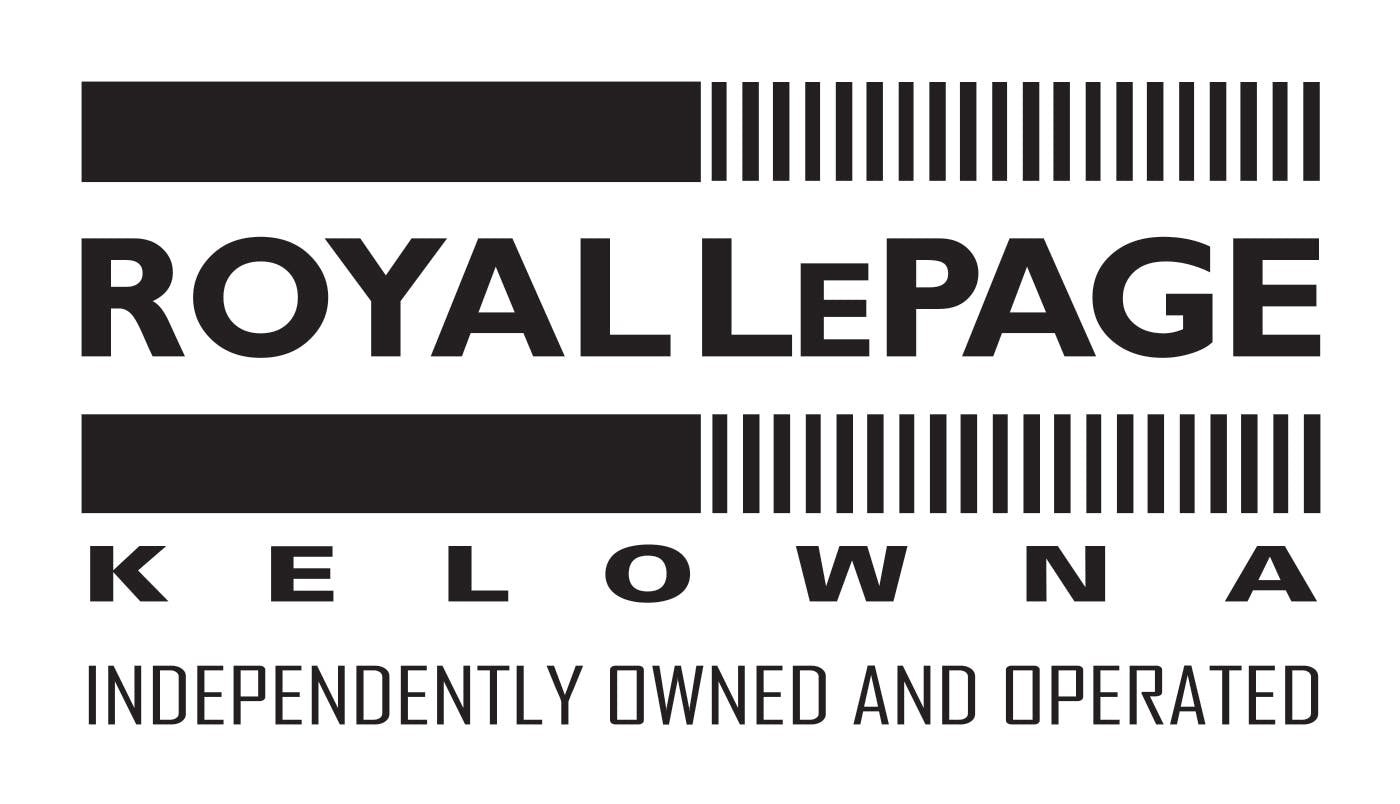A comparative market analysis, or CMA, is a tool used to estimate a home’s value based on the selling price of similar properties recently sold within the immediate area. It does not generate a suggested listing price for the home. It is merely the means to help determine one.
Learning how to do a comparative market analysis can also be one of the essential tools when trying to sell a home quickly, make a good profit, or make a reasonable offer on a home. Once you learn this simple concept, it becomes one of the more exciting and helpful tools in your real estate arsenal.
What is a market analysis on a home?
A comparative market analysis, or CMA, is a tool used to estimate a home’s value based on the selling price of similar properties recently sold within the immediate area. It does not generate a suggested listing price for the home. It is merely the means to help determine one.
Agents and Brokers both create CMA reports that may be available to you. In this case, it’s rather easy to do the research needed to determine the best listing price. Alternatively, you can perform your own CMA by using real estate listing sites to search for comparable properties.
Both methods require a little bit of homework and honesty. When trying to determine the best listing price, it’s essential to consider a few factors.
You want to sell at a price that leaves room for profit. However, you don’t want to let this cloud your perception and list it well above its actual value. Therefore, it’s essential to be completely honest about the property’s size, features, and condition compared to other homes.
No two homes are identical, which can make this a bit difficult as it will require your best judgment to determine a reasonable price.
What does a CMA include?
Not all CMAs are the same, and who prepares them plays a significant role in how comprehensive they’ll be.
At the very least, it should include the address, MLS number, bedroom and bathroom count, square footage, the price of the home, and the date that it sold.
Most, but not all, will include other information such as whether it has a pool and the size of a garage.
Other details include photos of the homes and their location on a map. Some may even include details of properties that are currently on the market.
If details are left out, you will need to perform additional work to best determine a property’s value.
Is a comparative market analysis the same as an appraisal?
No, a comparative market analysis is not the same as a real estate appraisal. Although they are similar, an appraisal and CMA are not the same things. A CMA is a tool used to help determine a home’s current value. Typically, they include a suggested price or price range, but it is no more than a suggestion.
An appraisal, on the other hand, is conducted by a licensed real estate appraiser. They take many of the same steps one will when producing a CMA. However, it is a process to determine the actual value of the home. The appraised value can be much different than a listing price.
An appraisal is usually something a lender will use for issuing mortgages or refinancing properties. Therefore, a CMA report and appraisal may be used in the same home buying process.
Can I do my own comparative market analysis?
Anyone can perform a CMA. BUT LET THE PROFESSIONALS DO IT!
The process is reasonably easy because of real estate listing websites, and only requires you to search for comparable homes within the immediate area. You must find information on homes that are as close as possible.
Location plays a critical role in a home’s value, and this must be kept in mind at all times. Additionally, you must leave all bias aside. Emotional ties, and hopes to sell high must not interfere when finding homes that are truly comparable to determine the price; this, along with the ability to judge market trends, is why many consider this process a bit of an art.
What are the steps in a comparative market analysis?
The process of conducting a CMA may seem intimidating, but is made simple by following these steps:
- Attain Information of the home you are selling/buying (Property size, home size, room count, garage details, tax details, previous selling prices, etc.)
- Gather Information Regarding Selling Prices of Comparable Properties
- Gather Information on Current Listings of Comparable Properties
- Evaluate Market Trends
- Determine Fair Selling Price
Do You Need A Comparative Market Analysis?
A comparative market analysis is a crucial tool for estimating the value of real estate. If you’re a homeowner who is interested in listing your property for sale, a CMA will help you determine an appropriate asking price based on what sales prices similar homes in your area have received on the market. A CMA can also assist you in negotiating asking prices and coming up with competitive offers in purchasing a home.
But remember, preparing a comparative market analysis is a convoluted process that requires access to complete sales data and knowledge of local and national markets, which is why it should be completed by a licensed real estate agent like myself!
HAPPY TO HELP!
Market conditions for Sellers have never been this good for pricing. It’s time to take advantage of your new home equity by chatting with your mortgage professional and calling me. If you’re thinking about selling your property or investing in a rental, now would be a great time to start.
Don’t hesitate to give me a call to assess your real estate holdings market value and timing to sell.


